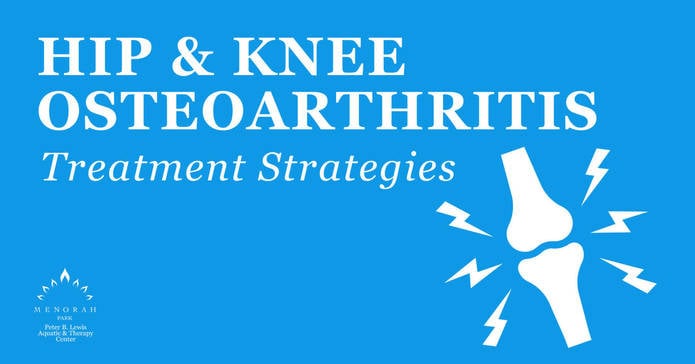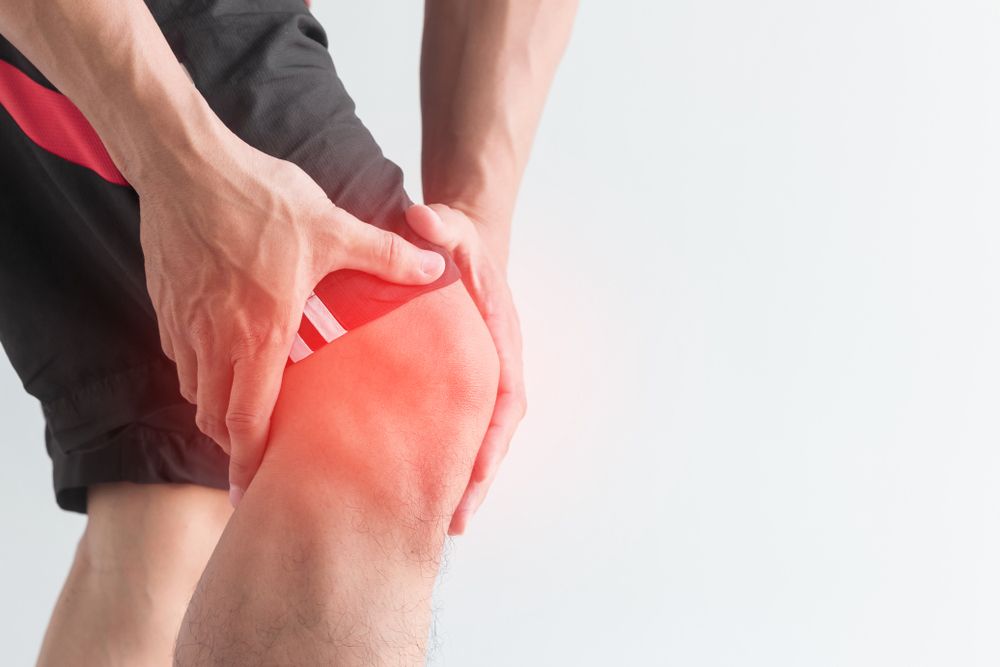Diagnosis and Treatment of Hip & Knee Osteoarthritis

Diagnosis and treatment of hip and knee Osteoarthritis: a Review, New treatments for osteoarthritis of the knee, What is the best treatment for osteoarthritis in knees, How I cured my knee osteoarthritis, What tests are done to diagnose osteoarthritis, what is the most effective treatment for knee arthritis?, Stage 4 arthritis knee treatment, Osteoarthritis diagnosis.
Osteoarthritis, often termed as OA, is a common degenerative joint disorder that primarily affects weight-bearing joints such as the knees and the hips. It can lead to significant pain, reduced mobility, and decreased quality of life.
This post would delve into the diagnosis and the variety of options available for treatment for hip and knee osteoarthritis.
Diagnosis:
Diagnosing hip and knee osteoarthritis typically involves a combination of clinical evaluation and imaging studies.
Balanced diet for child & Daily Food Habits
1. Patient History and Physical Examination
The process often begins with the patient’s medical history and a thorough physical examination. The doctor will inquire about symptoms, such as joint pain, stiffness, and any limitations in movement.
They will also assess the range of motion and look for signs of joint inflammation or deformity.
2. Imaging
X-rays are very commonly used to give confirmation of the diagnosis. They can reveal joint space narrowing, osteophytes (bone spurs), and other characteristic changes in the joint and on this basis only, one’s hip replacement surgery would be decided.
Magnetic resonance imaging (MRI) ordered in complex cases to assess soft tissue involvement.
3. Blood Tests
While there is no specific blood test for OA, certain markers like C-reactive protein (CRP) and erythrocyte sedimentation rate (ESR) elevated in cases of inflammatory arthritis, which can sometimes be mixed up with OA. Blood tests can help in ruling out other potential reasons for having joint pain.
Treatment:
Once diagnosed, hip and knee osteoarthritis is managed through a combination of non-pharmacological, pharmacological, and surgical interventions so that you don’t have to undergo robotic knee replacement surgery.
Non-Pharmacological Interventions:
1. Physical Therapy
Physical therapy is a cornerstone of OA treatment that may include some exercises which help in strengthening muscles around the joint, improve flexibility levels in joints, and enhance overall functioning.
2. Weight Management
Carrying a balance between weight levels and then trying to maintain a healthy weight is crucial because high amounts of weight can put certain pressure on the hips and the knees. Weight loss can significantly lower down the pain and improve its functionality.
3. Assistive Devices
Using assistive devices such as crutches, braces, etc. that can alleviate strain on your joints and also, improve mobility.
4. Occupational Therapy
Occupational therapists can help patients in adapting their day to day routines so as to reduce joint stress.
5. Heat and Cold Therapy
Heat can relax muscles and improve blood flow, while cold therapy can lessen the levels of inflammation and numb the area, providing temporary pain relief.
Pharmacological Interventions:
1. Analgesics
Over-the-counter pain relievers or medications prescribed by your medical practitioner are used to manage pain and help lower down its level. However, few medications or supplements can be generally avoided due to their addictive nature.

2. Non-Steroidal Anti-Inflammatory Drugs (NSAIDs)
These drugs can reduce pain and inflammation but should be used with utmost safety due to potential side effects, especially in long-term use.
3. Intra-Articular Injections
Certain injections are directly injected into the affected joint and can provide temporary relief by reducing inflammation.
4. Viscosupplementation
Few injections can help lubricate the joint and reduce pain.
5. Disease-Modifying Osteoarthritis Drugs (DMOADs)
Some experimental medications aim to modify the disease process itself, but their effectiveness is still under investigation.
Surgical Interventions:
1. Arthroscopy
In some cases, arthroscopic surgery may be performed to remove loose cartilage or bone fragments, smooth surfaces, or repair damaged tissue.
2. Joint Replacement
Total joint replacement surgery is considered when conservative treatments no longer provide relief. It involves replacing the damaged joint with an artificial prosthesis. Hip and knee replacements have a high success rate, providing substantial pain relief and improved function.
3. Osteotomy
In cases where the deformity is concentrated on one side of the joint, osteotomy can be performed to realign the joint, redistributing the load more evenly.
Complementary and Alternative Therapies:
Some individuals turn to complementary and alternative therapies, such as acupuncture, chiropractic care, or dietary supplements. While these treatments may provide some relief for some people, scientific evidence supporting their effectiveness is often inconclusive.
Lifestyle Modifications:
In addition to the medical treatments mentioned, lifestyle modifications can play a crucial role in managing hip and knee OA. These include the following lists:
1. Exercise
Regular low-impact exercise, such as walking, swimming, or cycling, can help in maintaining joint mobility and strengthening supporting muscles.
2. Diet
A balanced diet rich in nutrients and omega-3 fatty acids can help to reduce inflammation and support overall joint health.
3. Physical Rest
Adequate rest is essential, especially during flare-ups, to prevent further joint damage.
4. Use of Joint Aids
Using ergonomic tools, such as joint-friendly chairs or adaptive tools, can reduce joint stress.
5. Support Networks
Joining support groups or seeking counseling sessions can help in managing the emotional aspects of living with chronic pain.
Conclusion:
Hip and knee osteoarthritis can be a debilitating condition, but with an accurate diagnosis and a comprehensive treatment plan, individuals can manage their symptoms and regain a good quality of life.
Treatment often involves a combination of non-pharmacological measures, pharmacological interventions, and, in severe cases, surgical procedures.
By working closely with healthcare providers, individuals can tailor a treatment plan to suit their specific needs and improve their overall well-being.
It is important to note that the treatment for OA should be individualized, and the success of interventions can differ from person to person. Regular follow-up sessions with a healthcare provider are essential to monitor progress and make necessary adjustments to the treatment plan.

